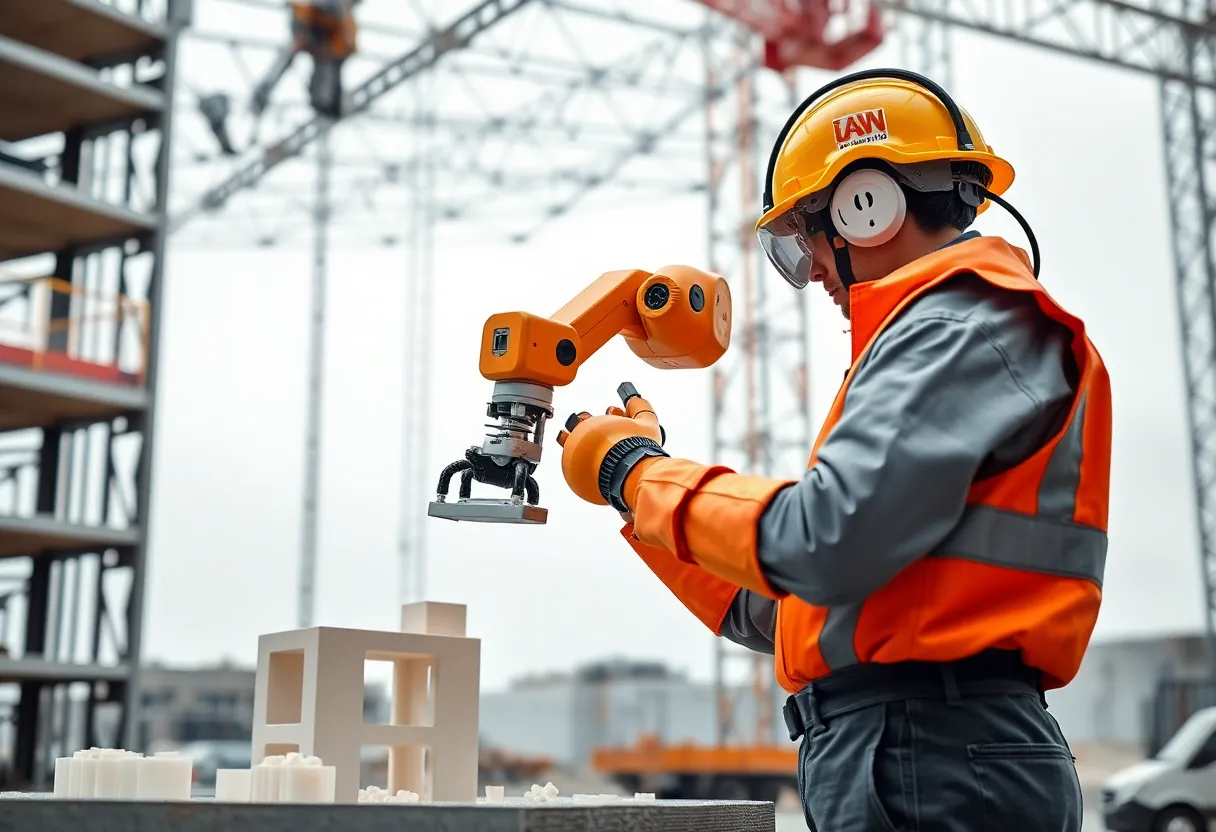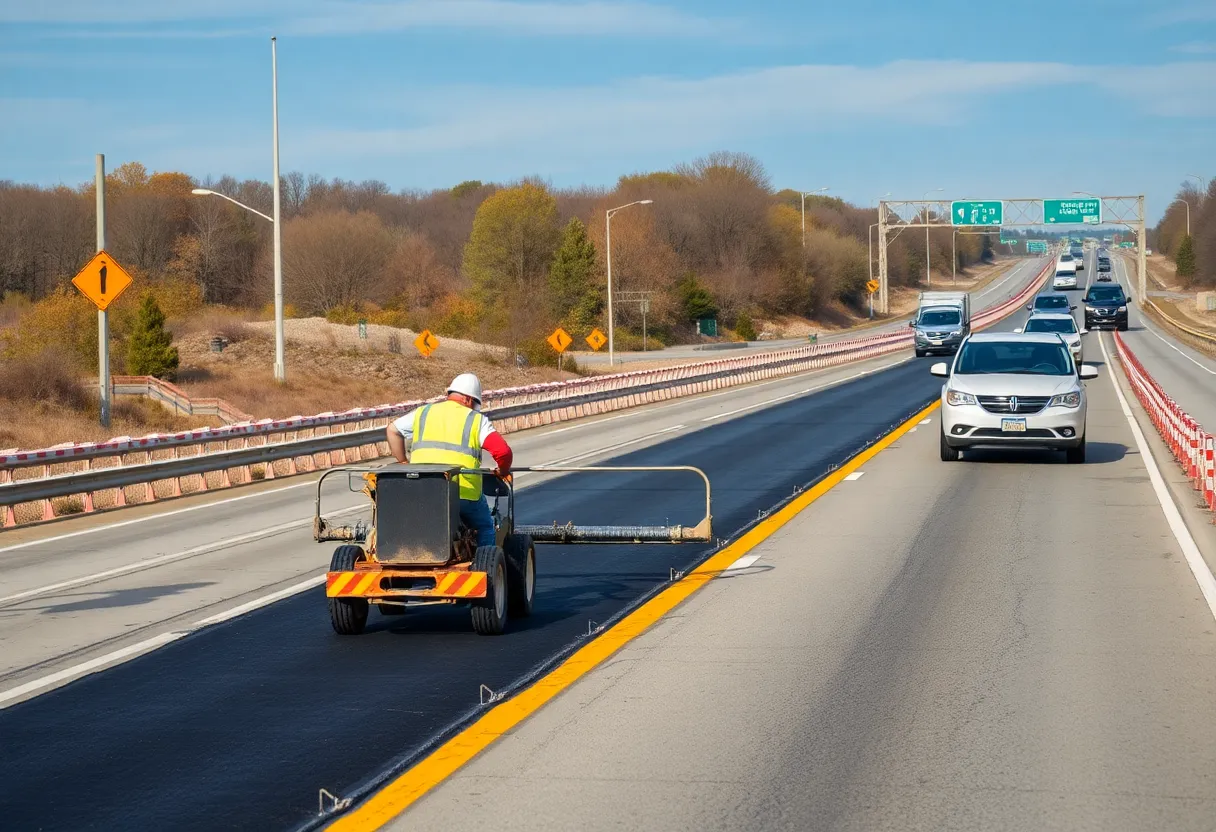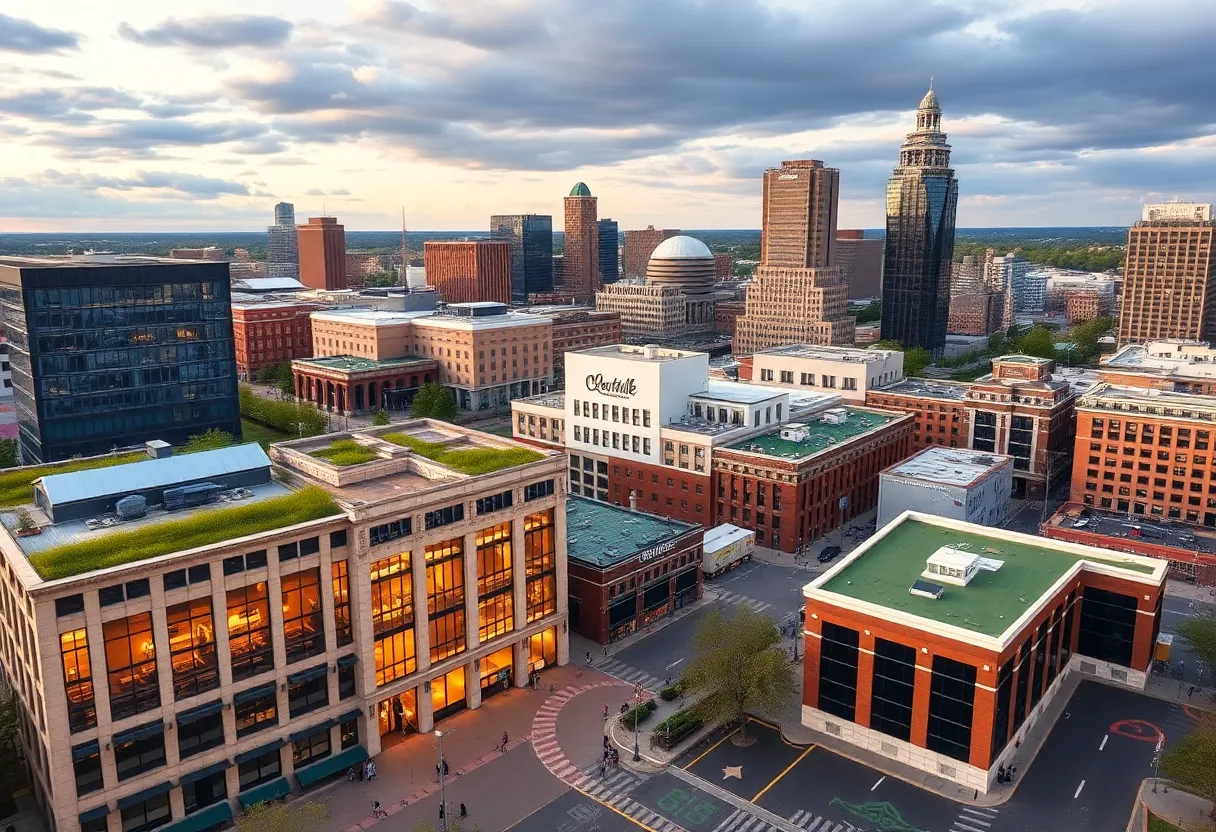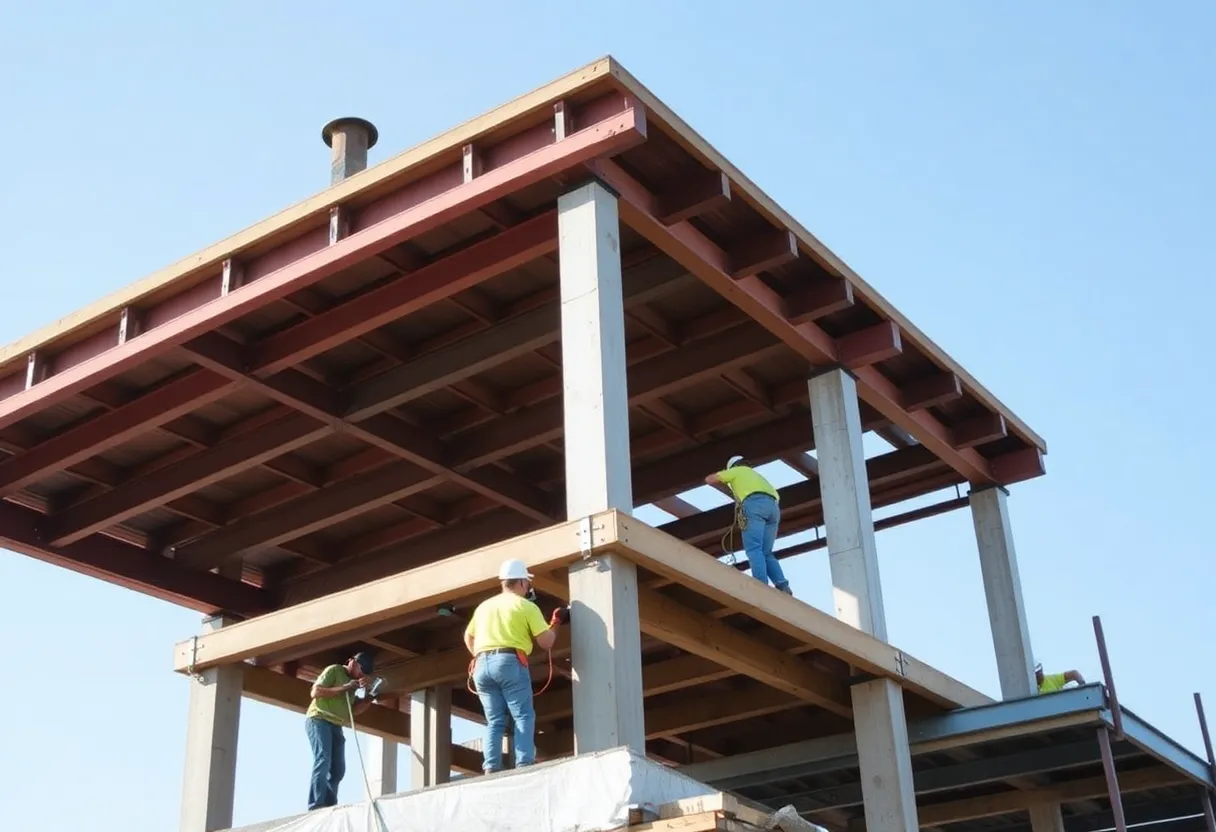News Summary
The construction industry is rapidly evolving with advancements in 3D printing and worker safety technologies. These innovations promise to enhance efficiency and safety on job sites, paving the way for a more streamlined construction process. Notable applications include the use of 3D printing in home building, while new safety systems are being deployed to reduce accidents. As companies embrace these technologies, the future looks promising for both construction and worker safety.
Revolutionizing Construction: The Impact of 3D Printing and Enhanced Worker Safety Technology
The construction industry is undergoing significant transformations thanks to advancements in technology, especially through 3D printing and enhanced worker safety measures. These innovations are enhancing construction efficiency and improving safety protocols on job sites, paving the way for a more streamlined and productive industry.
Technology Advancements in Construction
Tools like drafting programs and hammers have traditionally been essential for project completion in construction. However, with the rapid advancement of technology, the construction field is evolving. Experts point to automation as a growing trend in the industry, highlighted by its ability to address some of the fragmentation caused by the diversity of companies and trades involved in construction projects.
3D Printing: A Game Changer
The potential of 3D printing technology to revolutionize building erection is particularly noteworthy. This technique has been accessible for years, with consumer-grade printers available for just a few hundred dollars. In the construction realm, these printers work by adapting digital models for a workflow that incorporates robotic arms, allowing components to be constructed layer by layer.
Concrete remains the most commonly used medium for 3D printing in construction, though it presents some unique challenges. Research efforts, such as those from ETH Zurich, aim to improve precision by exploring methods using dry materials. These advancements could lead to more accurate and efficient printing processes.
Notable Applications of 3D Printing
In a significant demonstration of 3D printing’s capabilities, organizations like Habitat for Humanity utilized this technology to create over 70% of a new home, which stretched across 1,738 square feet. This partnership showcased the potential of 3D printing to construct entire walls of buildings efficiently. However, environmental factors play a crucial role in the success of this technology, as issues like premature concrete drying can hinder the process, particularly in specific climates.
To address sustainability concerns, research is focused on using alternative materials, such as geopolymer concrete, which have the potential to minimize carbon footprints. Additionally, innovations like phase change materials are enhancing wall insulation properties, consequently reducing energy loads for heating and cooling.
The Future of Prefabrication and Design
Many companies are looking to leverage 3D printing for the off-site prefabrication of building components. However, achieving the level of detail necessary for intricate facades remains a challenge with current 3D printing precision. Despite these hurdles, the efficiency gained through 3D printing is undeniable; it decreases labor requirements and hastens the fabrication process.
Advancements in Worker Safety Technology
In addition to 3D printing, worker safety is gaining attention with the introduction of new technologies. For instance, companies like Sunstate Equipment are rolling out the Netradyne Driver•i D-450 platform to enhance driver safety across its service vehicle fleet. This advanced system features a 270-degree view due to a four-camera array and employs AI technology to alert drivers about potential hazards.
This monitoring system has reportedly prevented accidents by making drivers aware of unseen pedestrians and other obstacles. Furthermore, if drivers exceed speed limits, they receive progressive warnings before the incident is recorded for management review. This proactive approach aims to nurture a culture of safe driving rather than focusing solely on penalties.
Fostering a Culture of Safety
Successful implementation of these safety technologies requires support and buy-in from both management and staff. Building trust is vital to ensure that operations continue seamlessly. Recognition of safe driving habits is also included in operational goals, contributing to a more robust safety culture.
Conclusion
Overall, continuous advancements in 3D printing and worker safety technology are significantly reshaping the construction and transportation sectors. With improved efficiency and reliability, the future holds promising potential for innovations that prioritize not only development but also safety.
Deeper Dive: News & Info About This Topic
Additional Resources
- AZ Big Media: How 3D Printing and AI Is Changing the Construction Industry
- TCT Magazine: 3D Systems, Penn State and NASA Thermal Management
- Voxel Matters: Researchers 3D Print Longer-Lasting Wearables for Health Monitoring
- AZ Family: Feds Cracking Down on 3D-Printed Machine Gun Conversion Devices
- Arizona Digital Free Press: World’s Largest 3D-Printed Neighborhood Nears Completion in Texas
- Wikipedia: 3D Printing
- Google Search: 3D Printing Construction
- Google Scholar: 3D Printing Technology
- Encyclopedia Britannica: 3D Printing
- Google News: 3D Printing in Construction
Author: Construction FL News
The FLORIDA STAFF WRITER represents the experienced team at constructionflnews.com, your go-to source for actionable local news and information in Florida and beyond. Specializing in "news you can use," we cover essential topics like product reviews for personal and business needs, local business directories, politics, real estate trends, neighborhood insights, and state news affecting the area—with deep expertise drawn from years of dedicated reporting and strong community input, including local press releases and business updates. We deliver top reporting on high-value events such as the Florida Build Expo, major infrastructure projects, and advancements in construction technology showcases. Our coverage extends to key organizations like the Associated Builders and Contractors of Florida and the Florida Home Builders Association, plus leading businesses in construction and legal services that power the local economy such as CMiC Global and Shutts & Bowen LLP. As part of the broader network, including constructioncanews.com, constructionnynews.com, and constructiontxnews.com, we provide comprehensive, credible insights into the dynamic construction landscape across multiple states.





